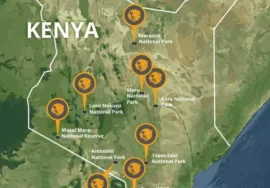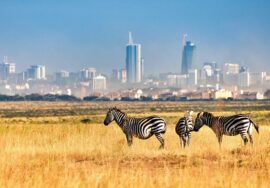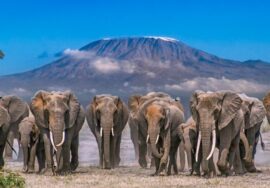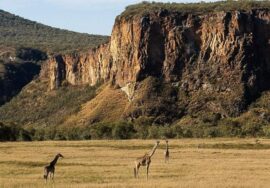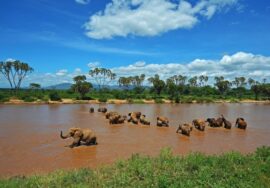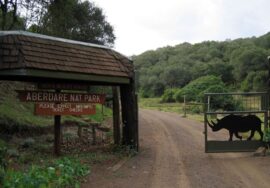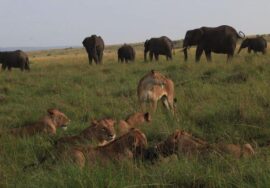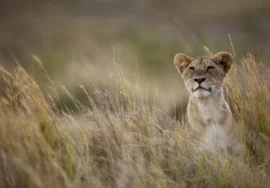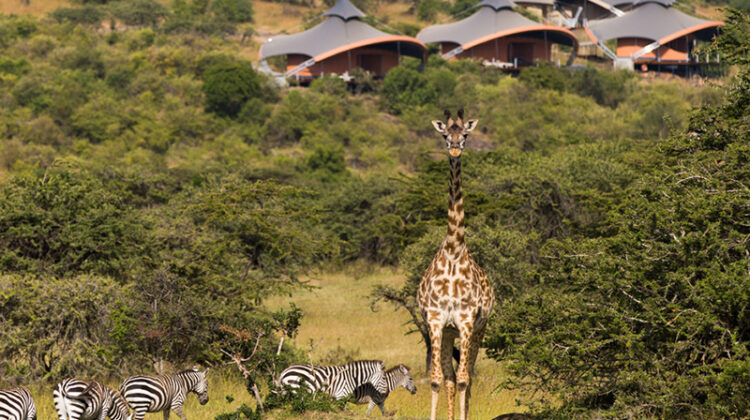
OLARE MOTOROGI CONSERVANCY
A Story That Builds
In 2006, 277 Maasai landowners and five hoteliers agreed to work together to start this new life. Rotating grazing would be used as part of the plan. This would be good for the environment, save land, and lead to one of the highest animal populations in the area. One of the densest populations of animals in East Africa is lions.
It’s pretty full of wildlife in the 33,000-acre reserve during the Great Migration season. African wild dogs, elephants, and rhinos can be seen by the lucky trek tourists who are allowed to enter the area.
Your Rental Agents and Guides
When looking for the best guides to show you these places, who better than the people who lived here as kids and took care of their cattle? The fact that your Maasi guide knows so much about the plants and animals brings the safari experience to a whole new level.
The original conservancy agreement promised the Maasai a steady income and made sure they would keep owning the land. If you come here as a tourist, you will have a lot of the reserve to yourself. The law says that there can only be one room for every 650 acres, so there won’t be many other tourists on these lands.
A Good Conservation Area
Other groups would use the holistic ways of grazing that were used here, which set the standards for the future conservation movement. Olare Motorogi has also made strong rules about how to use land that help its tourist partners leave as little of an impact as possible. The camps are mobile and don’t have fixed bases. All waste must be disposed of according to a set of rules for both camp operators and their guests.
Don’t Forget…
What is the Great Migration? The conservancy, which borders the Masai Mara, protects some of the wildlife migration paths that are busy with animals on their yearly journey. Prepare to see tens of thousands of zebras, wildebeest, and gazelles herding each other.
The Ntiakitiak Gorge is a huge 12 km (7.5 mi) cliff that towers over the landscape and is surrounded by a dense forest of acacia trees. In this environment, you’ll come upon many wildlife species.
Big Cats: Lion, leopard, cheetah – the conservancy is teeming with these dramatic predators. All of them lying in wait for the gentle grazing species to come within range.
The Maasai: You will definitely meet the people who lived here before you, either as guides, as helpers in your camp, or at the different community projects.
This is Olare Motorogi Conservancy
We support the heroic efforts at Olare Motorogi and the wonderful strides the conservancy partners have made toward the land, the restoration of wildlife, and the excellent chances for untrammeled safari adventures.
When would you like to go?
The big cats and many other animal types never take a break during the year. You can always see them on the park’s vast savannahs.
The weather here is mild and sunny most of the year. So, whenever you go on vacation, you’ll see a lot of wildlife.
The park is known for its best migration season, which runs from July to October. These are the months you can expect to witness thousands upon thousands of wildebeests, zebra, and gazelle invading the park on their annual trek for water and more sustainable grasses.
Please view our range of Masai Mara tours below and let’s talk. We will plan the trip you have always wanted.

